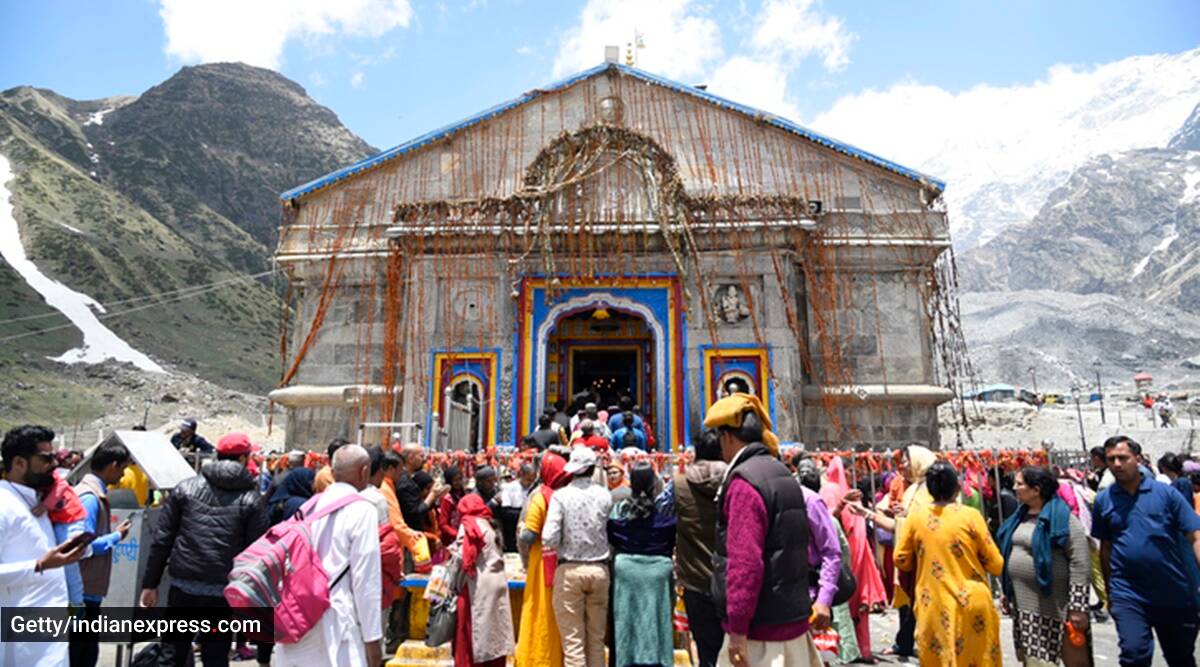 The decision was taken by the BKTC and approved by the state government after a businessman offered to donated 230 kg gold to the temple, saying it was his “long-time wish” to see the walls of Kedarnath’s sanctum sanctorum covered in gold.
The decision was taken by the BKTC and approved by the state government after a businessman offered to donated 230 kg gold to the temple, saying it was his “long-time wish” to see the walls of Kedarnath’s sanctum sanctorum covered in gold.The Badri Kedar Temple Committee (BKTC) and Uttarakhand government’s decision to replace silver plates covering the walls of Kedarnath’s sanctum sanctorum with gold donated by a “mysterious” Mumbai-based businessman is facing opposition by some local priests.
The decision was taken by the BKTC and approved by the state government after a businessman offered to donated 230 kg gold to the temple, saying it was his “long-time wish” to see the walls of Kedarnath’s sanctum sanctorum covered in gold. A few local priests oppose the move, claiming gold is a symbol of wealth and worldly pleasure and is against the ancient values of the temple, which symbolises detachment from physical world.
In 2017, the sanctum sanctorum walls were covered in silver. Around 230 kg silver was used back then and same amount of gold will be required now, costing over Rs 100 crore.
Santosh Trivedi, vice-president, Char Dham Tirth Purohit Samaj (a body of Char Dham pilgrimage priests), said , “For centuries, our lord is in the form of stones and ‘praan pratishtha’ is done there. Adding gold plates might be an important renovation for the world but for Lord Shiva it is just like a plastic surgery. Kedarnath is the Moksha Dhaam (place of salvation) and symbolises vairagya (detachment). Lord Shiva left everything to come to Himalayas. Even when the doors of temple are closed every year, we only use bhabhooti (ashes) and nothing else. In that case, there is no need of gold or anything materialistic.”